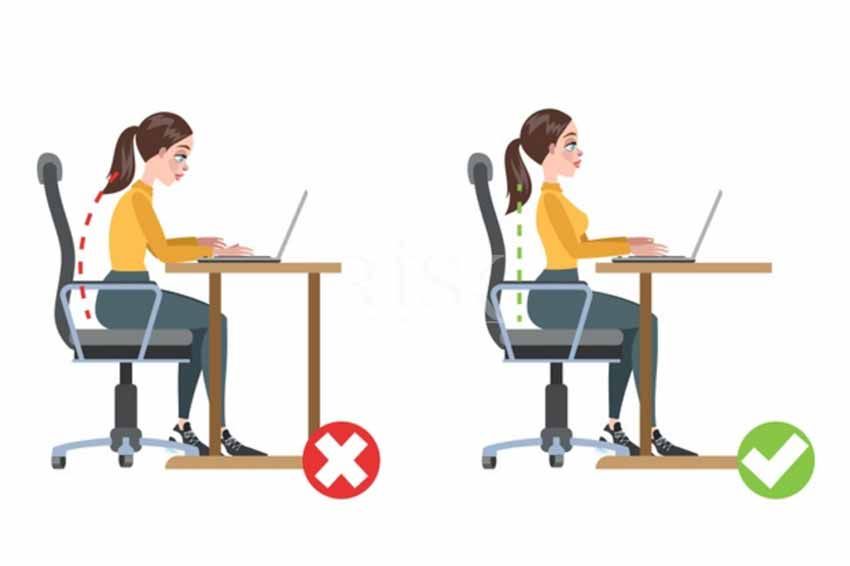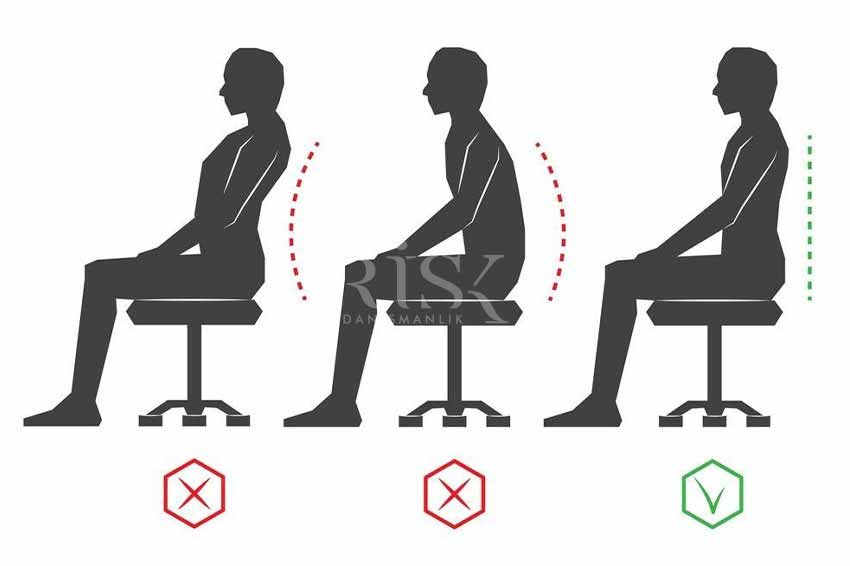- Home
- About Us
- Trainings
- Working at Height Education
- Pointer and Slinger Trainings
- Fire Training
- First Aid Training
- Search and Rescue (SAR) Training
- Working in a Confined and Restricted Space
- Lockout Tagout Training
- Scaffolding Training
- Asbestos Dismantling Staff Training
- Recovery from Height Training
- Hygiene Education
- Occupational Safety Training in Working with Chemicals
- Ladder Training
- Behavior-Oriented Occupational Safety Training
- Occupational Safety Training in Electric Works
- Consultancy
- Engineering
- Contact Us
Ergonomics Risk Analysis
Ergonomics risk analysis is carried out in order to prevent various injuries of people in working life and to predict the dangers in this area. Injuries can occur as a result of various blows in the workplace, and ongoing intense stress can turn into various muscular and skeletal disorders. Identifying such risks specific to the work area and conducting studies to determine which dangers may occur according to the hazard class enable employees to continue their work lives in a healthier way. This indirectly contributes to the increase of work efficiency and to ensure business continuity.
Very serious illnesses, including chronic high blood pressure and heart diseases caused by workplace problems, can cause job loss for employees. By performing an ergonomic risk analysis in this regard, it is ensured that employees lead a more productive working life, are healthier and live more prosperous. This is regarded as a reflection of the value given to humanity, which is also at the core of human rights, emphasized in various business workshops.
Many observational data are collected, from the weight that the employees lift to the difficulties they may experience by standing still for a long time, which are analyzed and finally evaluated and reported to the employer and relevant units. Thus, a more prosperous working environment is created and the motivation of the employees is increased in this way.

Ergonomics Risk Assessment
The science of ergonomics is a field that focuses on tailoring work to human potential and abilities. For example, to give an example in the simplest way, the work area of ergonomics is to give the load mainly to the legs, not the waist while lifting a load. Of course, ergonomics is not just about that. Lighting, thermal comfort, dust, smoke, low pressure, high pressure, toxic gases and vapors, radiation, management and work-related illnesses, and all kinds of warnings that may affect the health of the employee in working life are included in a wide range of ergonomics risk assessment and analysis.
Ergonomics risk analysis form is one of the most important forms used in risk analysis. During the ergonomics risk assessment, the outputs of this form are checked and the compatibility of the work for the employee is tested. As a result, the process of understanding the job and adapting it to the employee's competencies begins. While evaluating the risks, 3 categories are used: "low risk level", "risk level should be examined" and "risk level should be reduced".
If the risk level of the said job is low, there is no need to take any measures because this situation does not endanger the health of the employee. In cases where the risk level needs to be examined, with slight changes, the job is made right for the employee. In cases where the risk level must be reduced; It is thought that working conditions may pose a danger to the health of the employee. Therefore, working conditions should be reviewed and if necessary, the employee should be allowed to do the job more easily with the support of equipment.

How to Do an Ergonomic Risk Assessment?
Ergonomic risk assessment is carried out in many types of work, especially in weight lifting. Using different variables, the amount of weight to be lifted, the distance to be taken, the height of the person who lifts it, and whether or not to rotate are examined. It is possible to make this evaluation with the NIOSH Analysis method.
"Muri 9 Point Method" is used in industrial areas. In the MURI method, known as a continuous improvement tool, it is used especially for works in mass production facilities with repeated movements. "Working Movements in Manual Processes Ergonomics Evaluation Matrix" provides data for this method. These 9 Points are expressed as follows:
- Waist Bending
- Waist Rotation
- Working Height of Arms
- Bending / Stretching of the Knees
- Elbow - Wrist Rotation
- Part / Material Retrieval
- Work Area Body Rotation
- Walking
- Transport
These 9 points include ergonomic employee evaluation.
Copyright © 2021 All rights reserved. Risk Danışmanlık
Web Tasarım: Akademi Grafik

-
Oruç Reis Mahallesi Tekstilkent Tic. Merkezi 10 AU 102 Esenler




